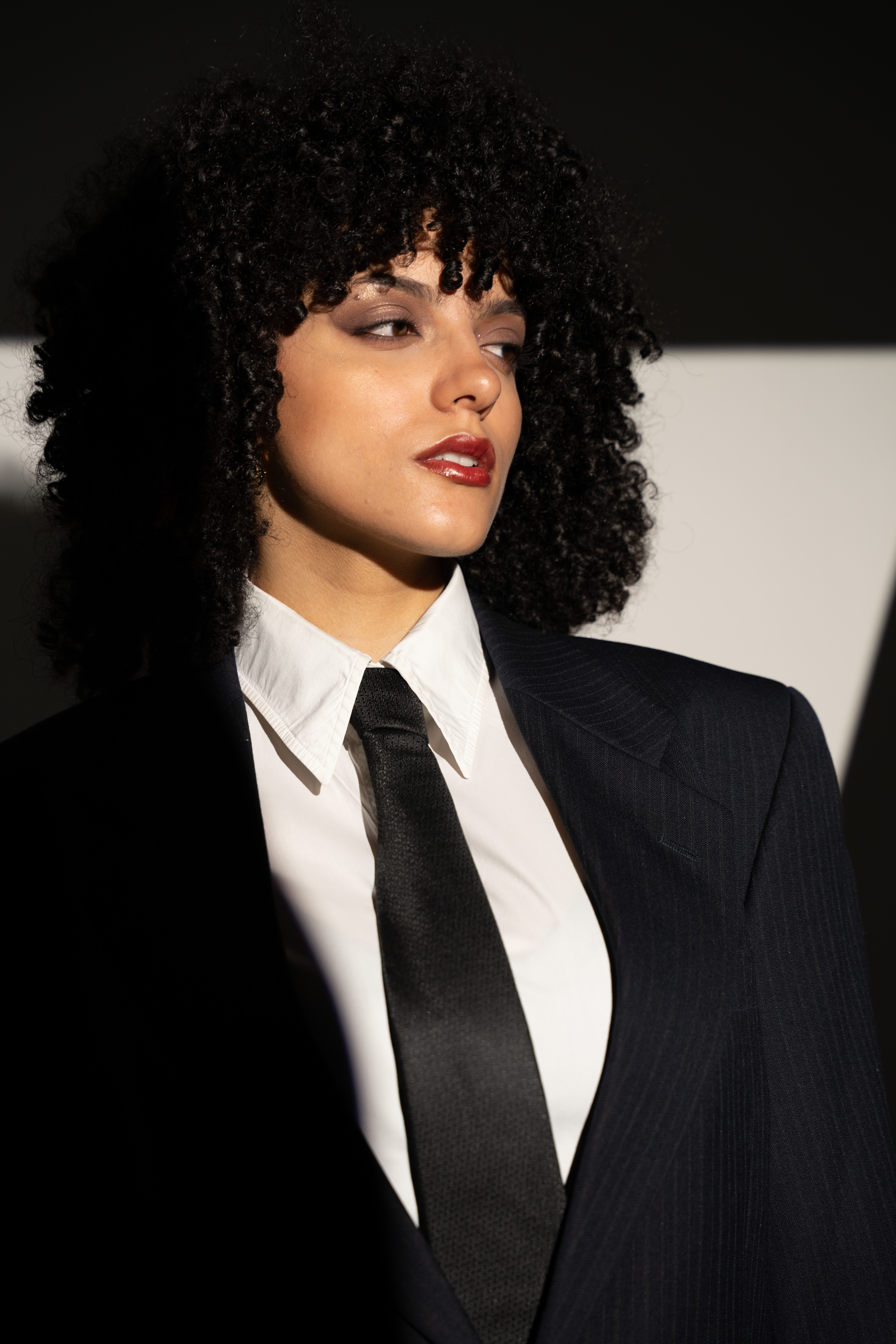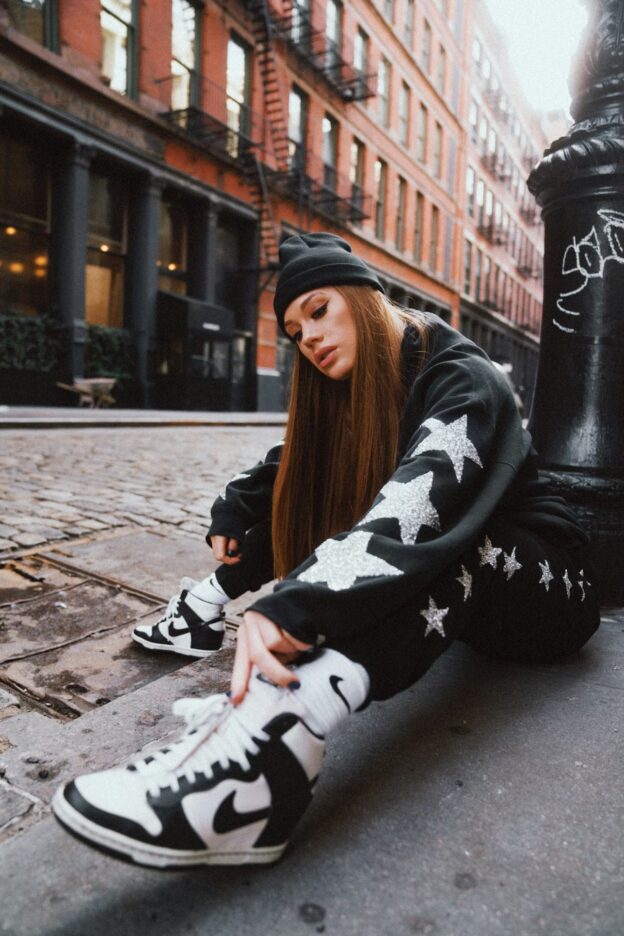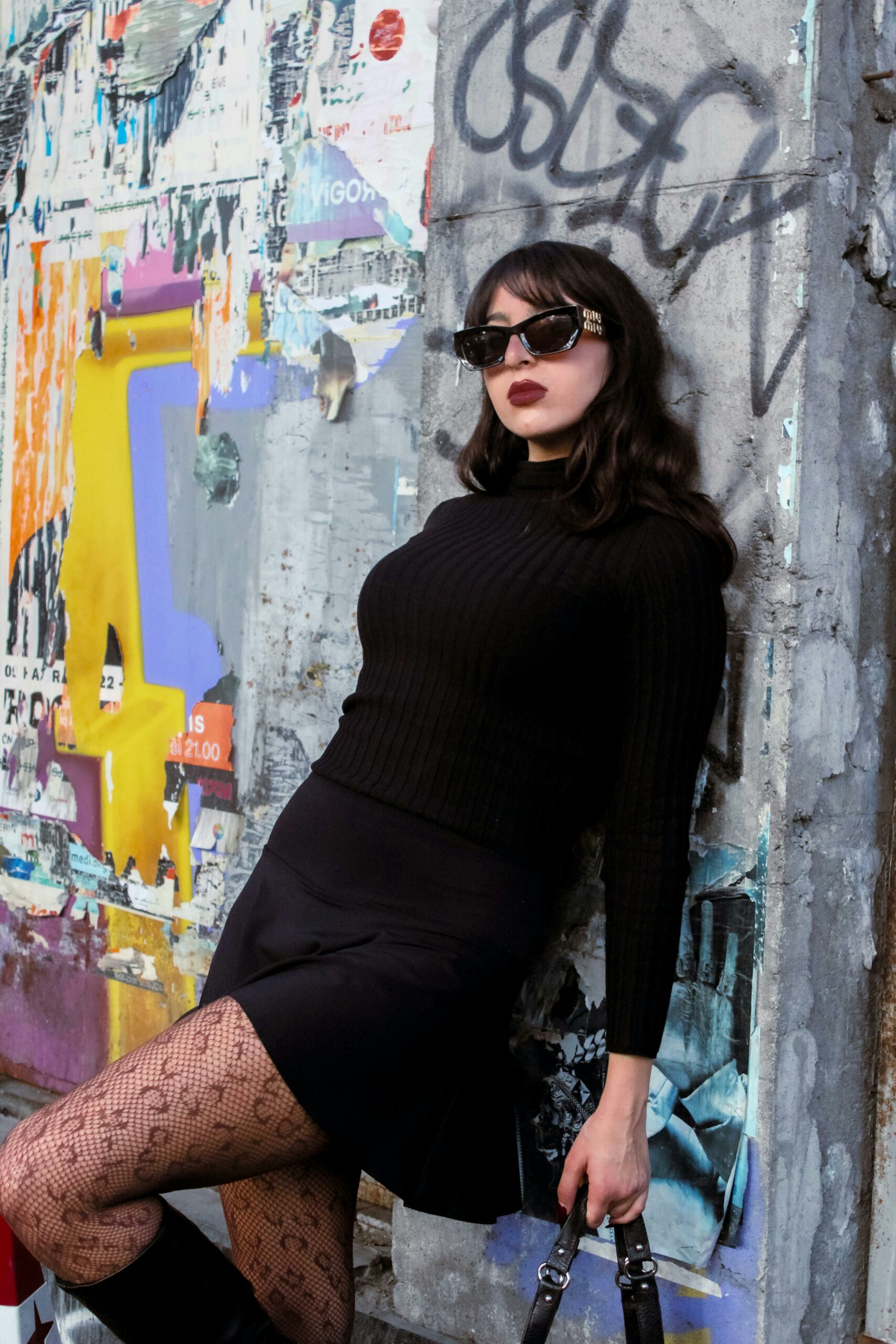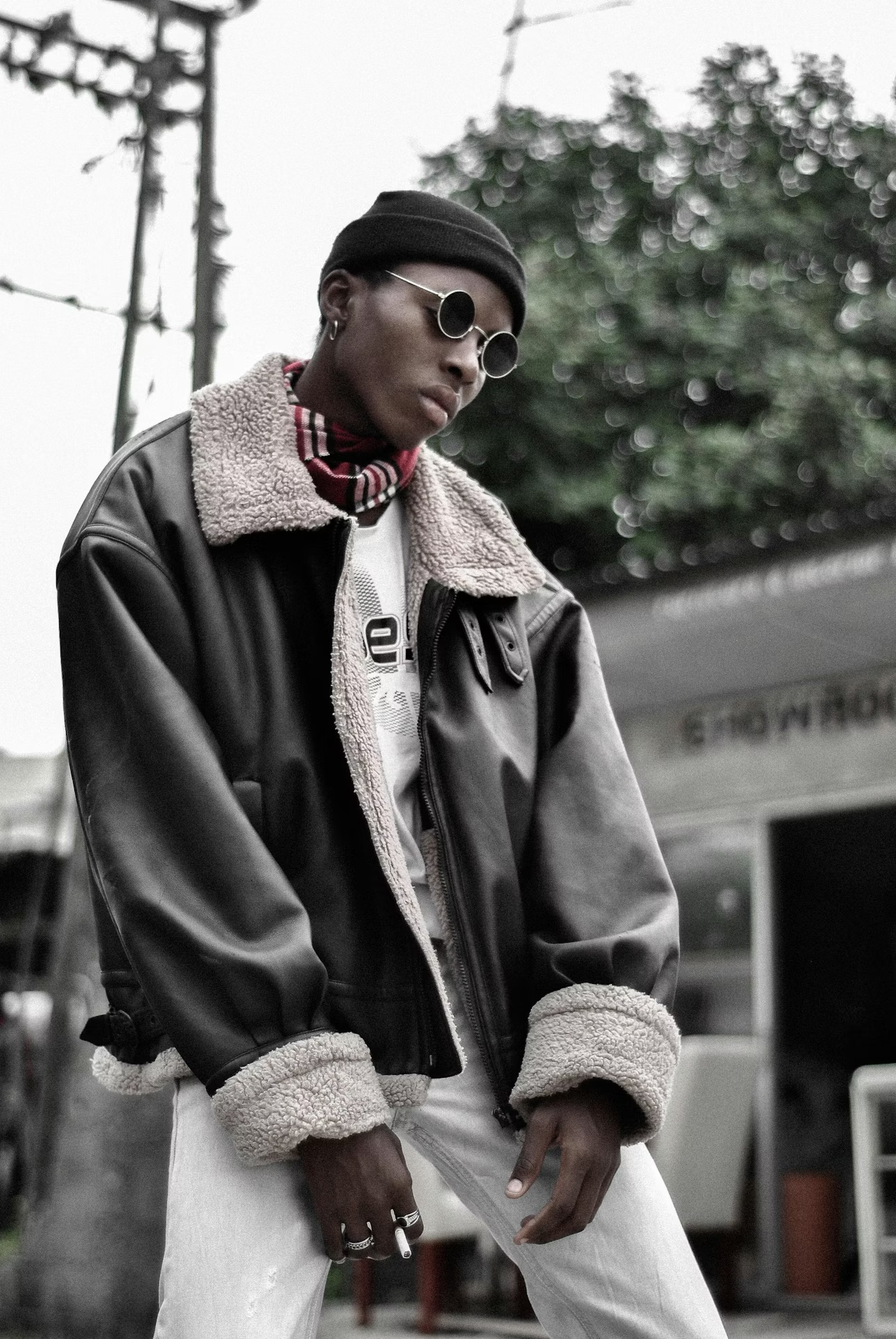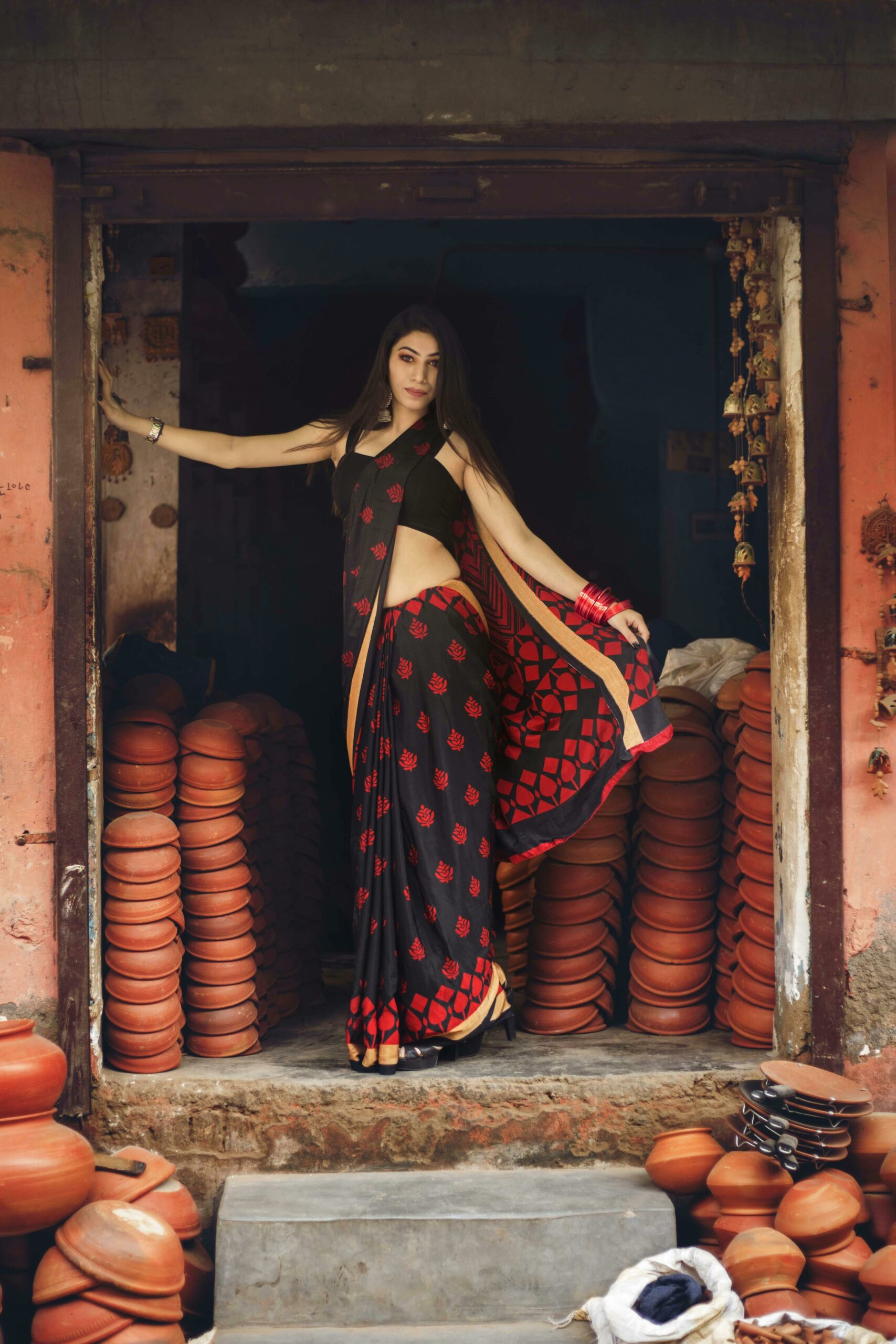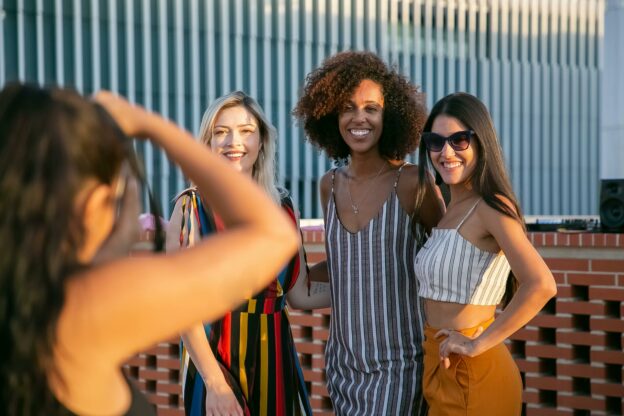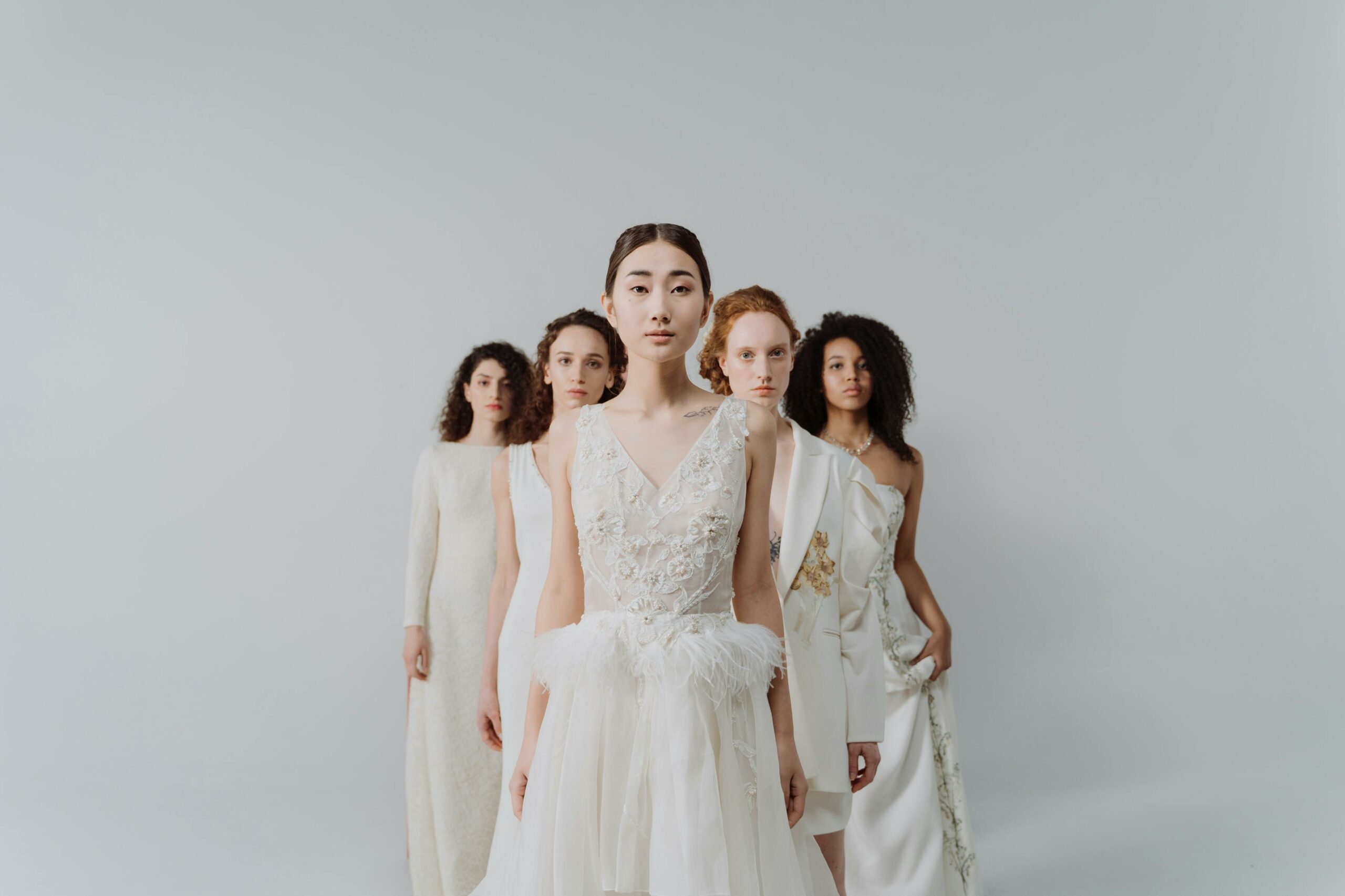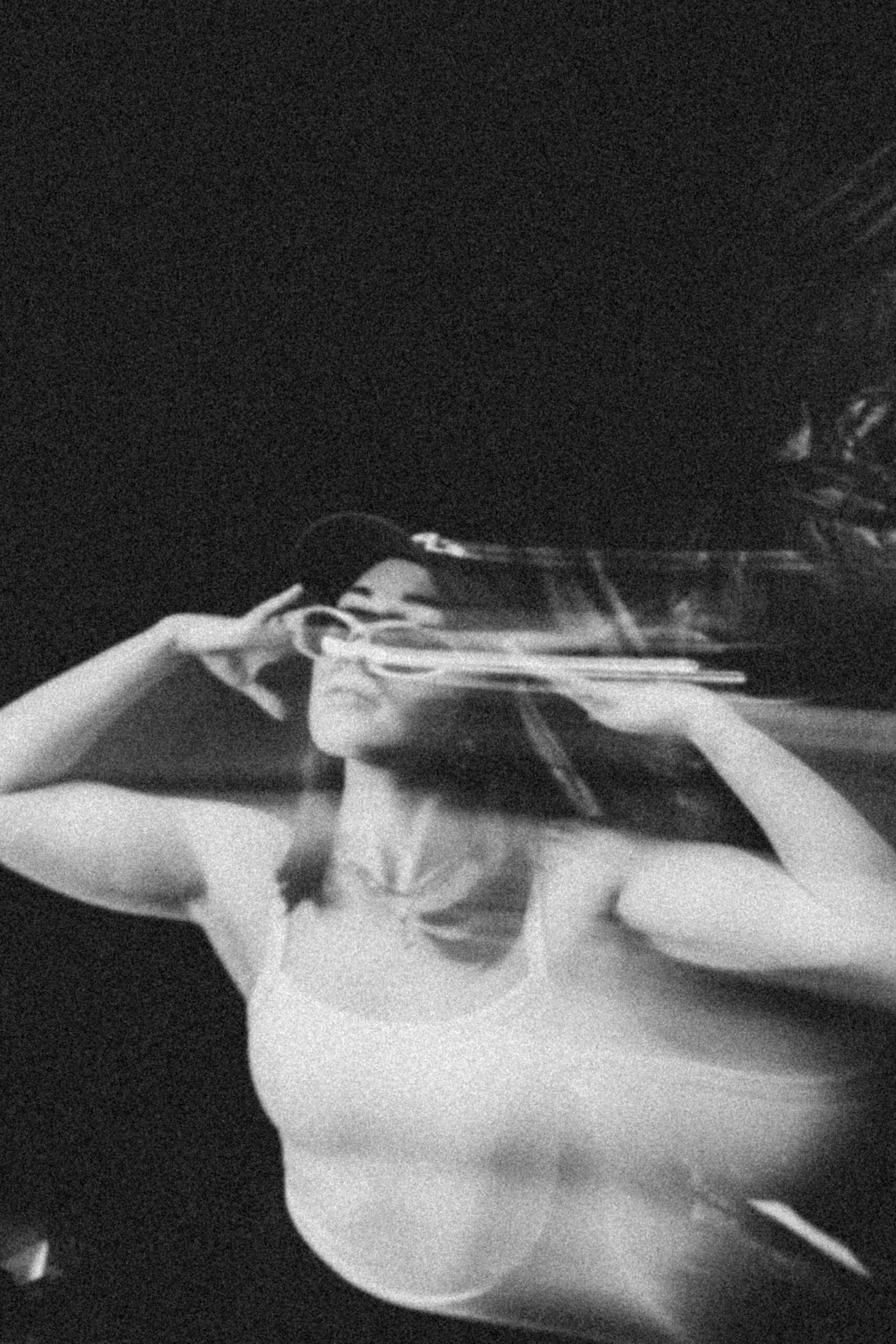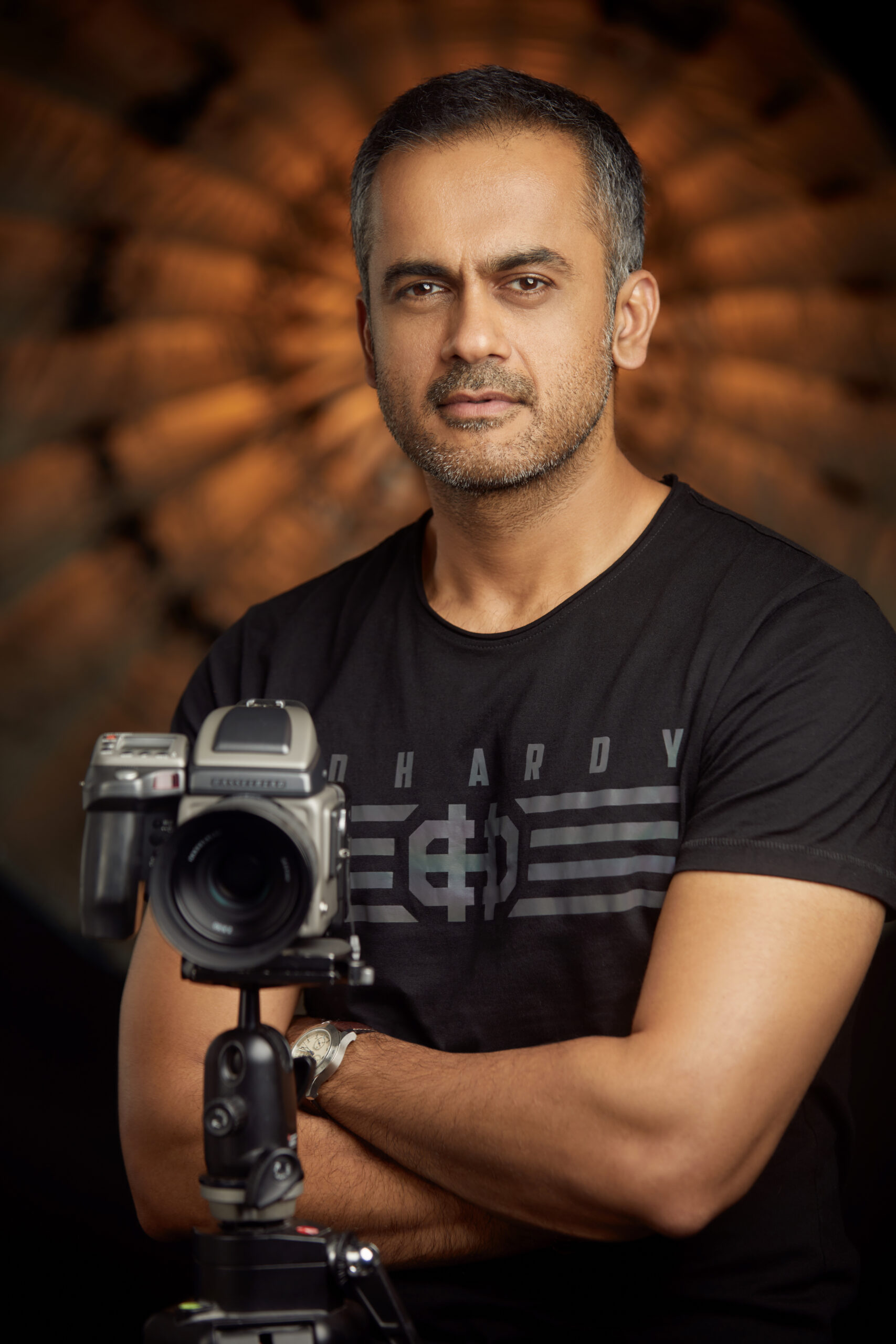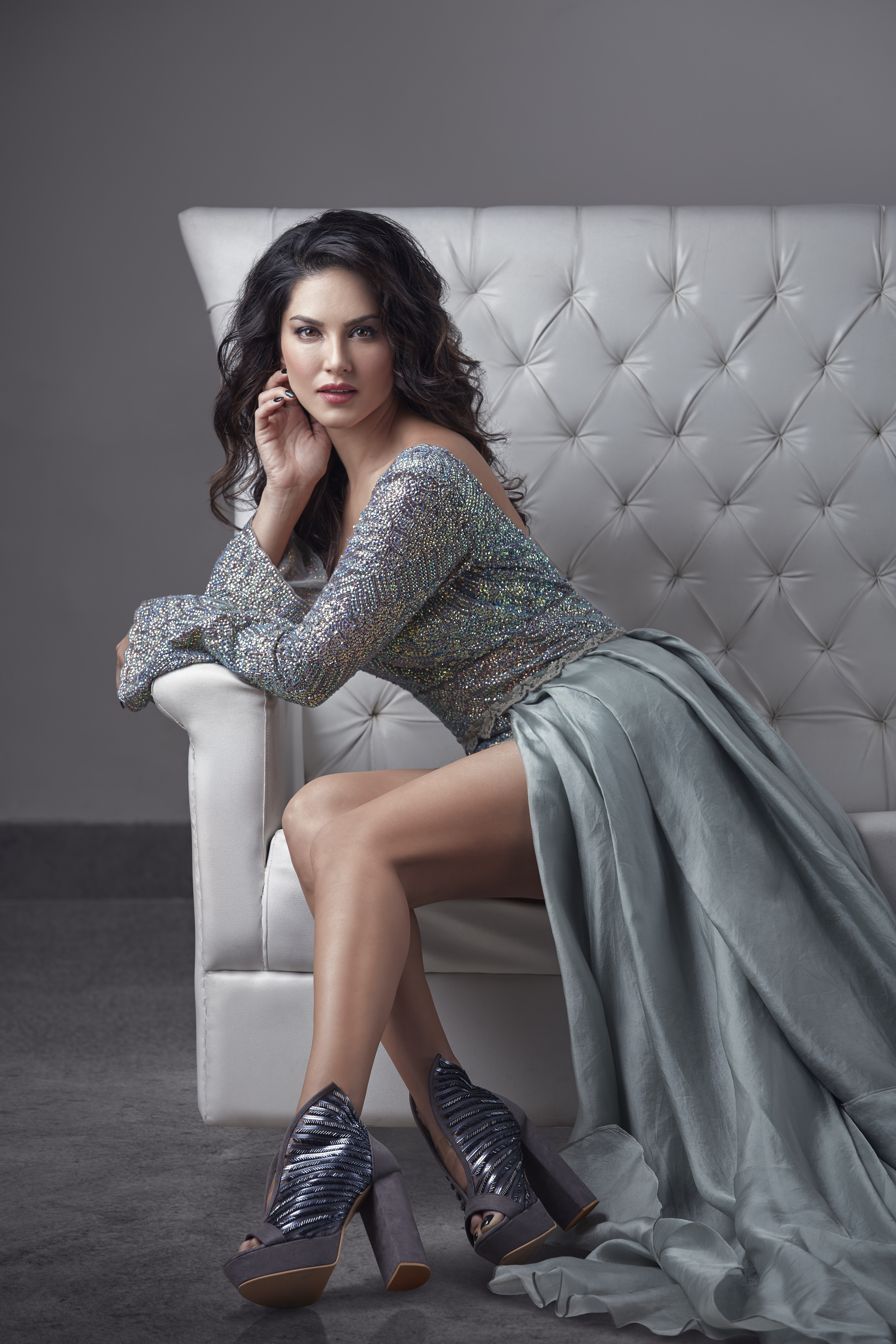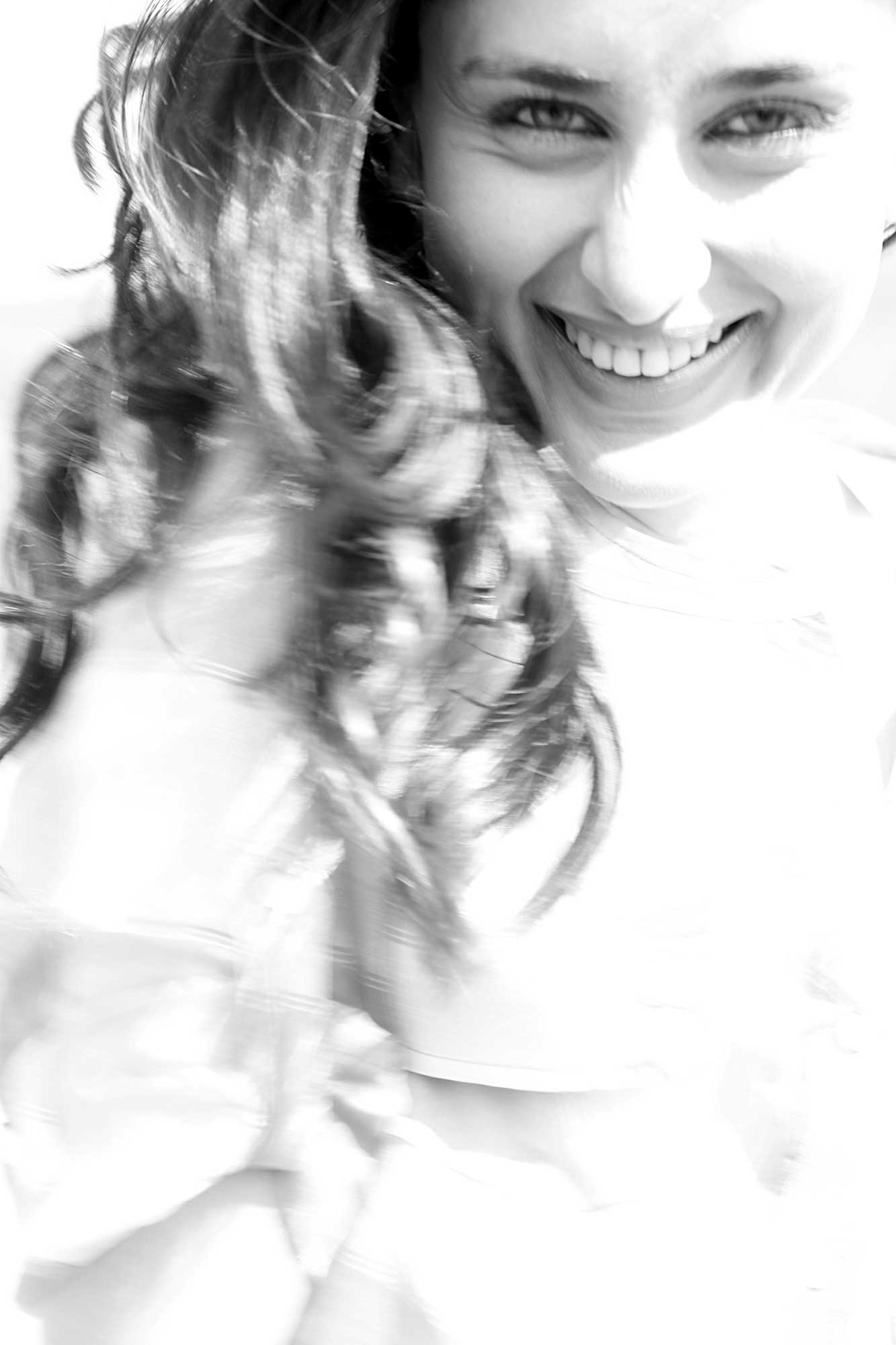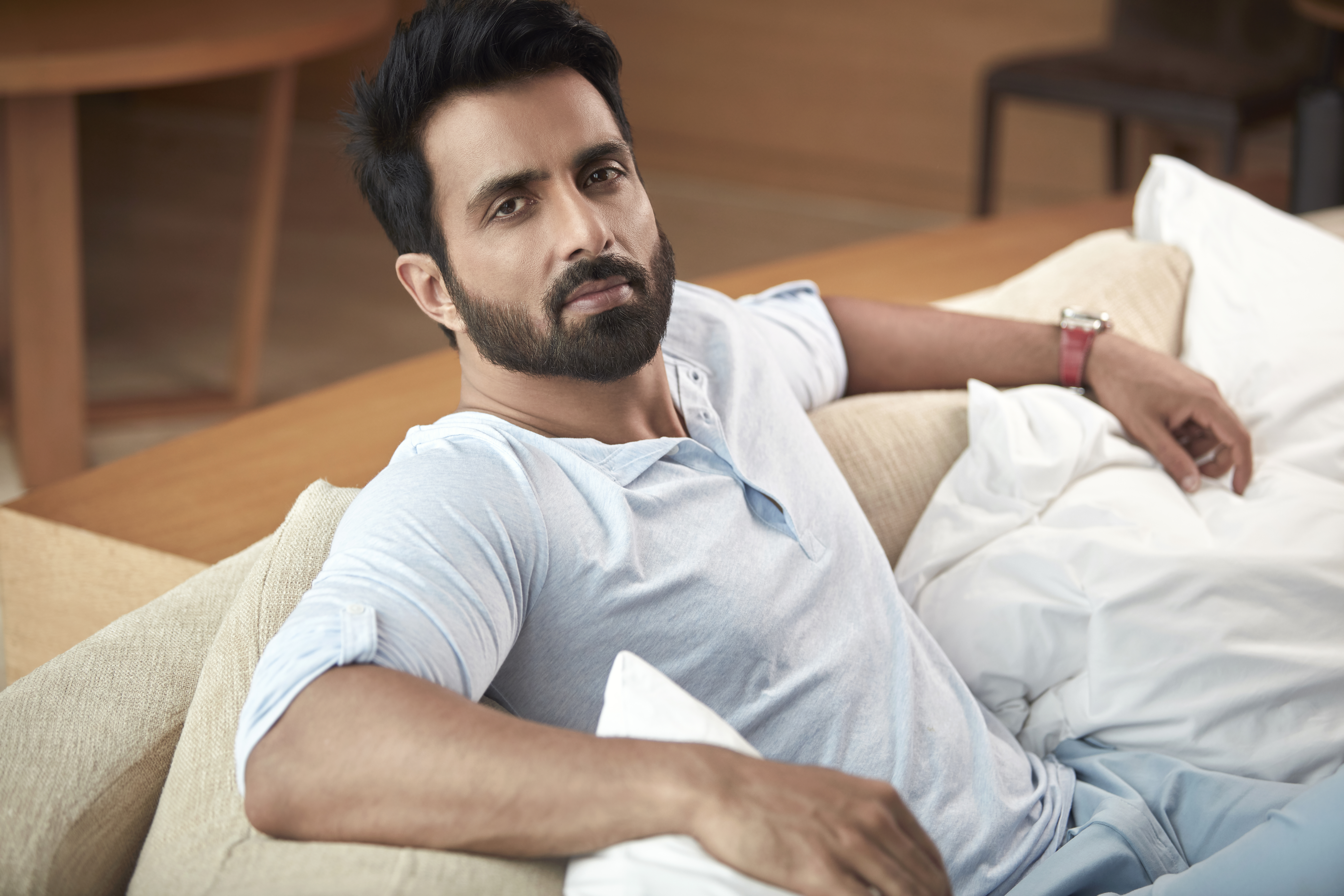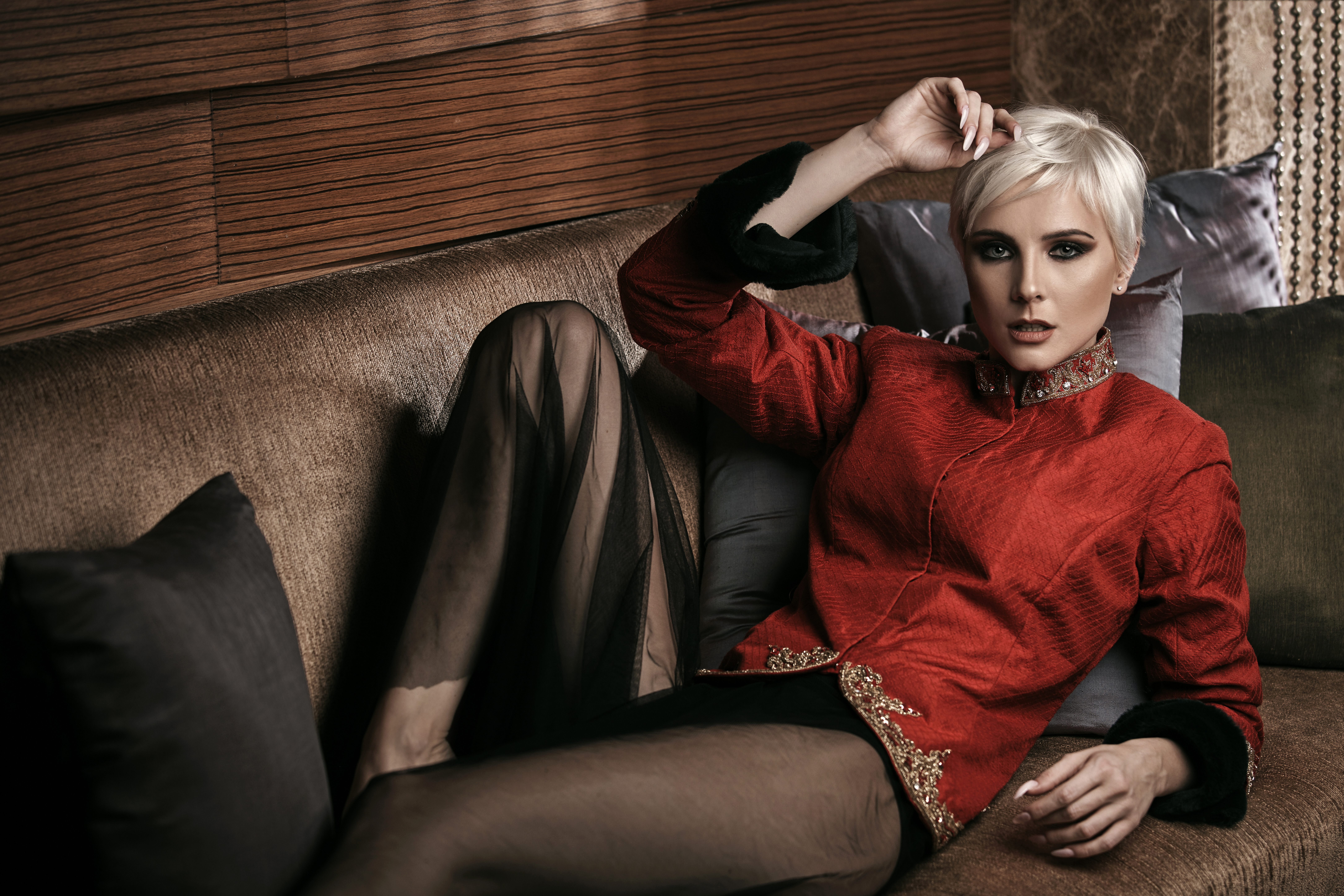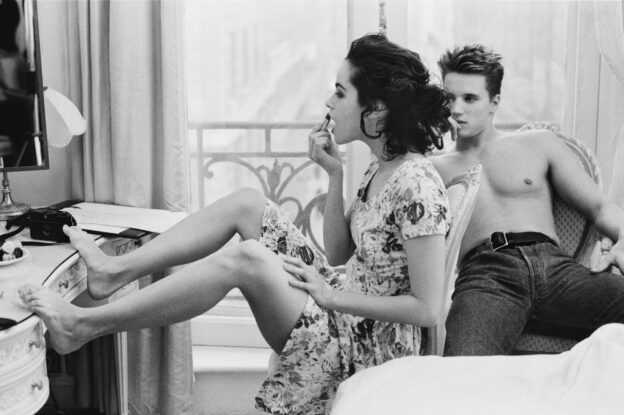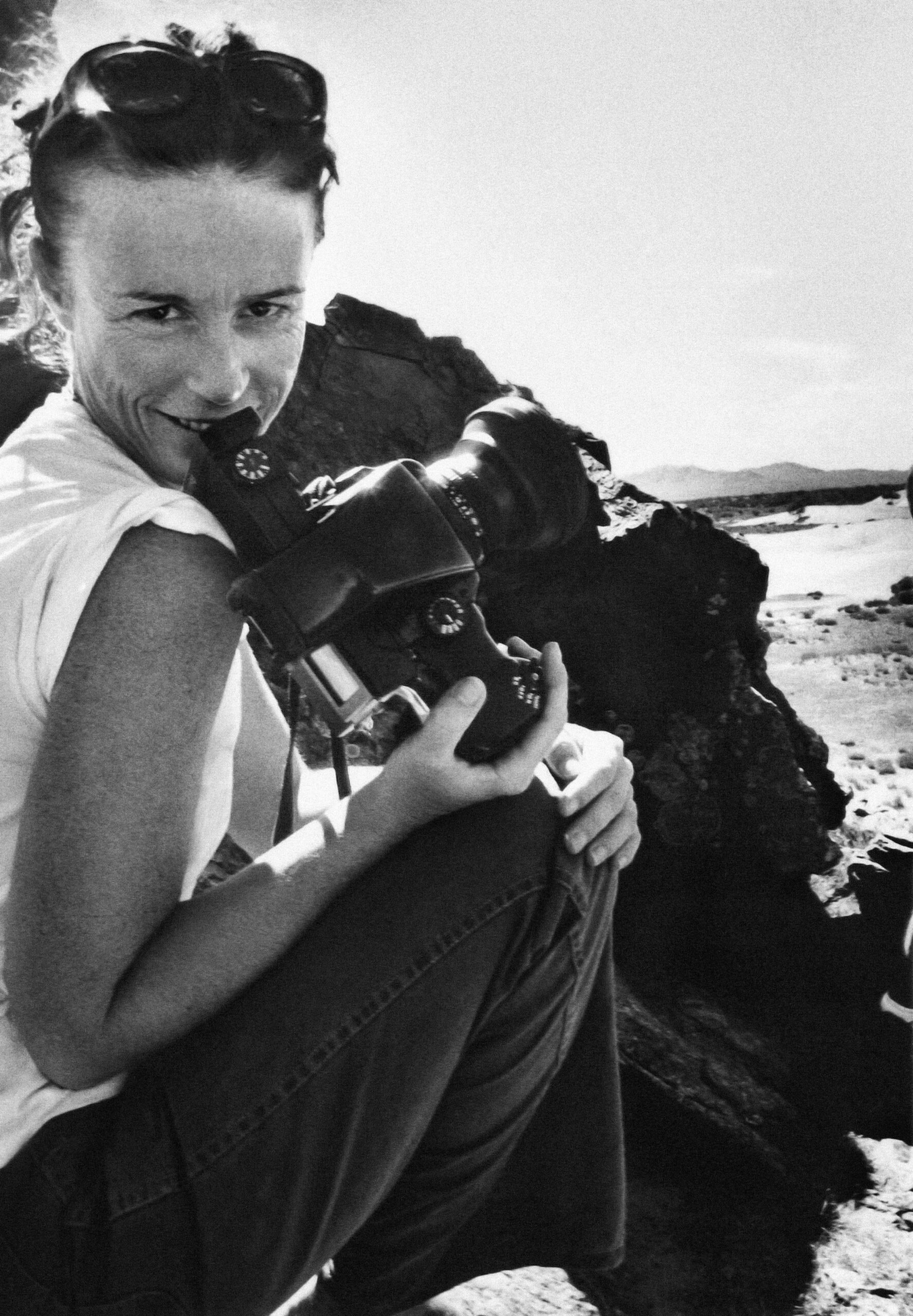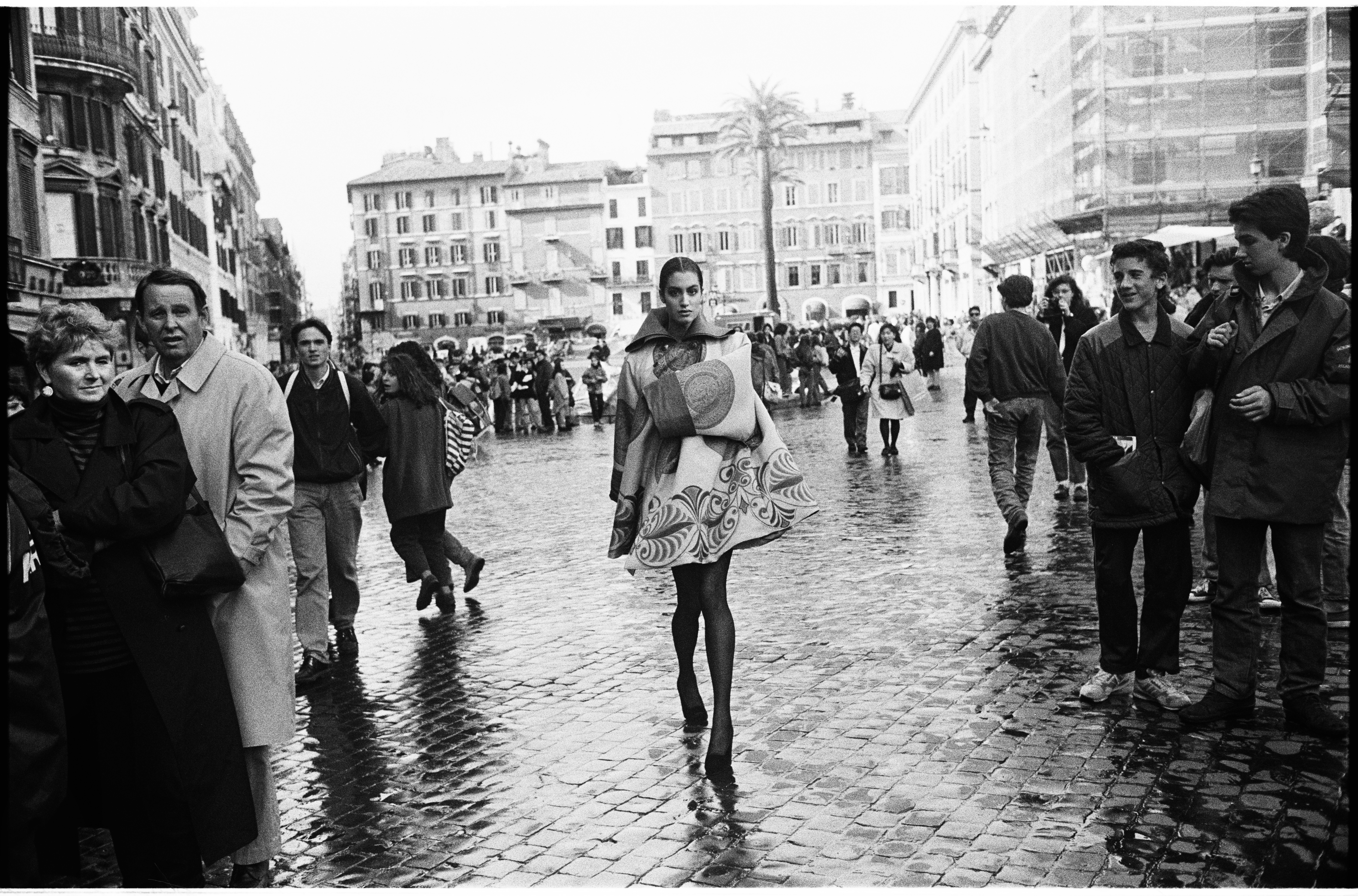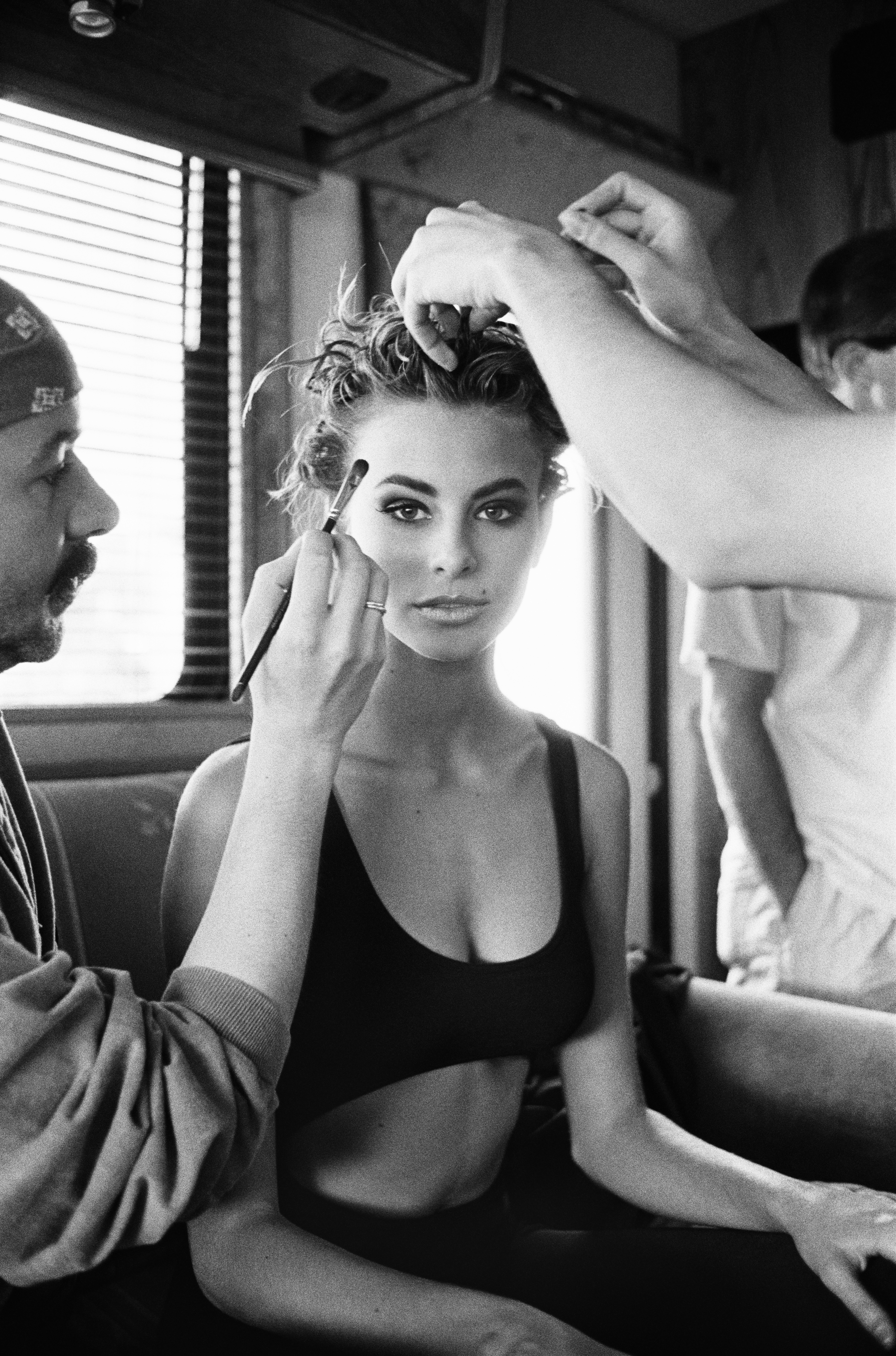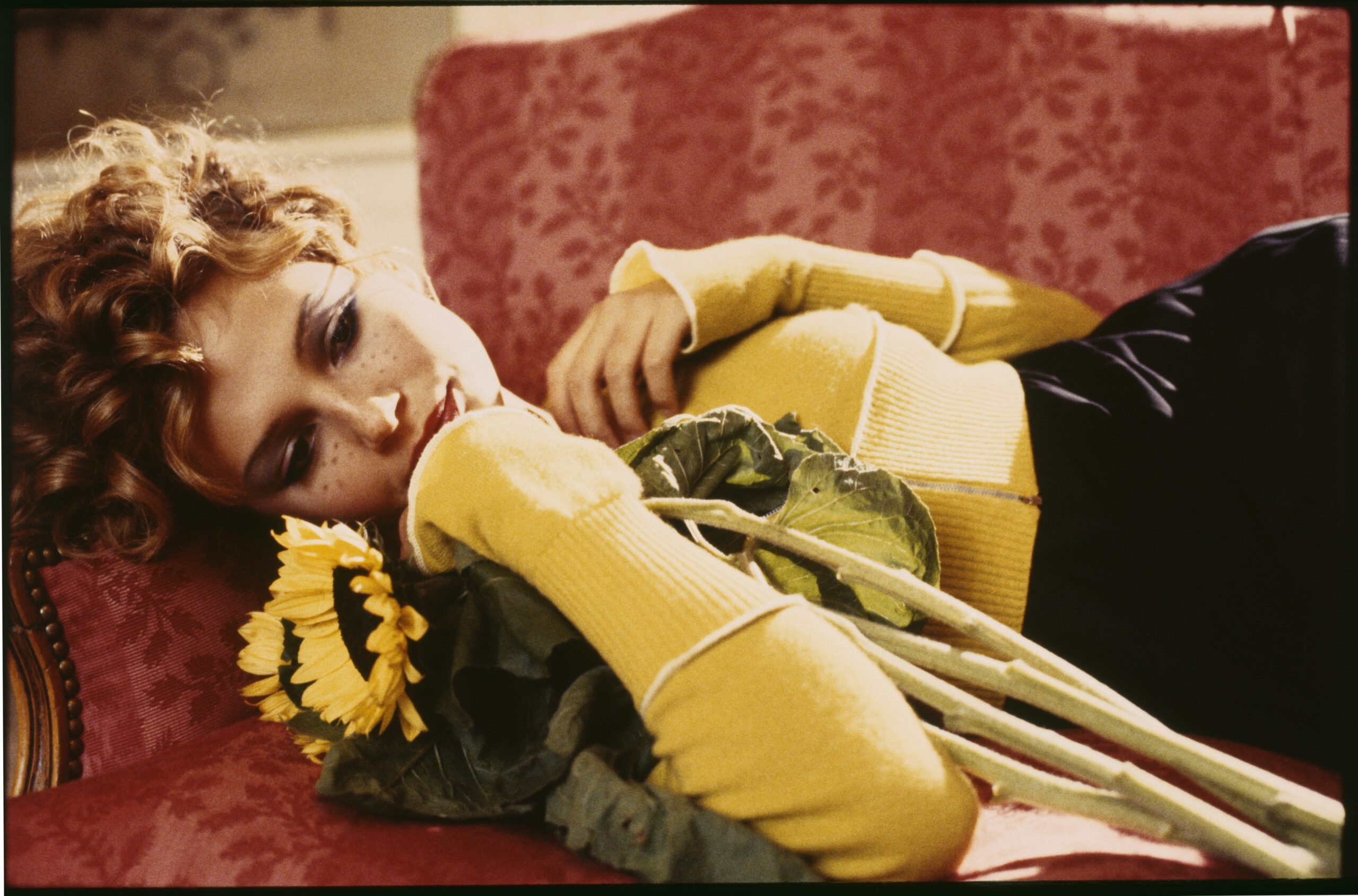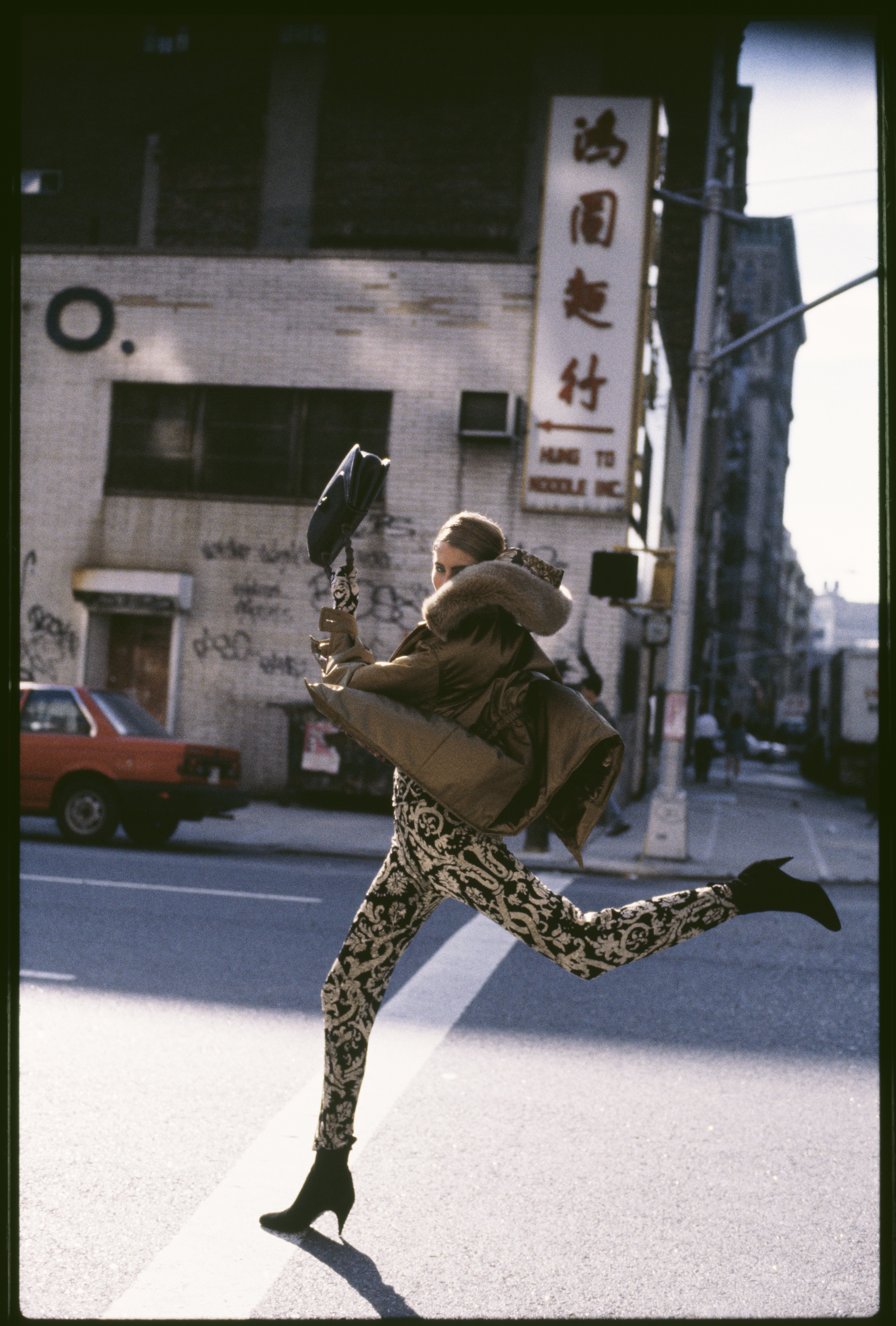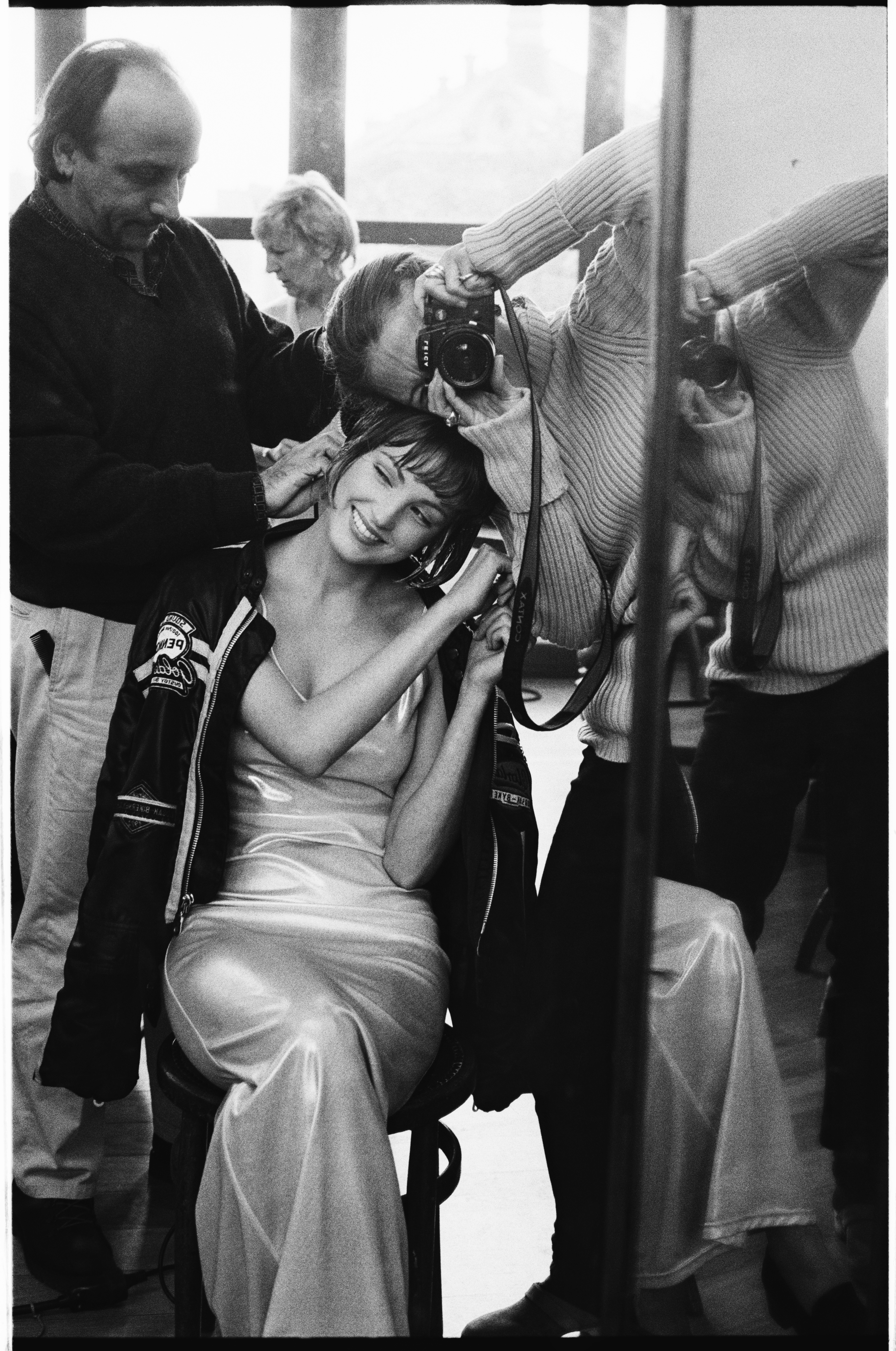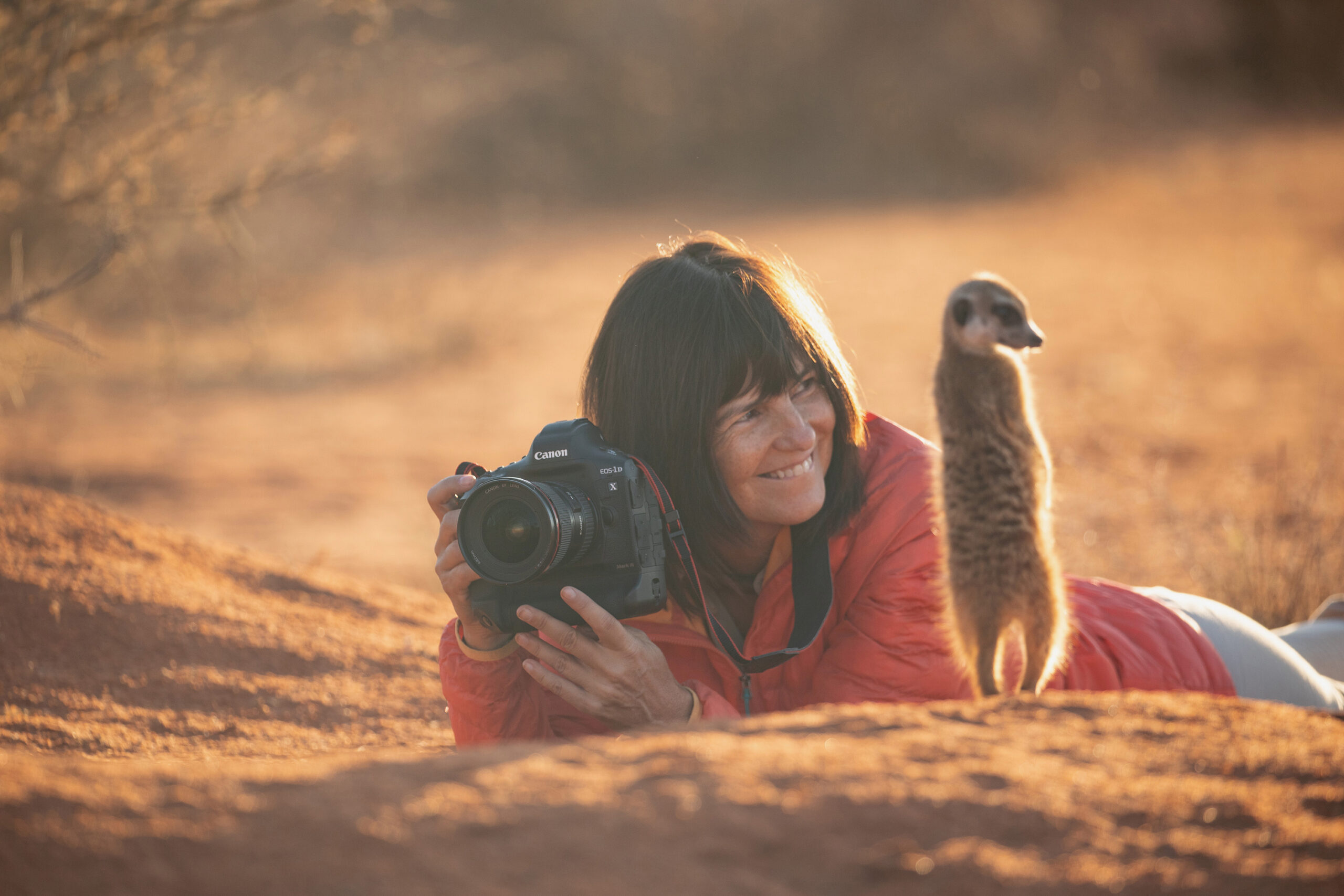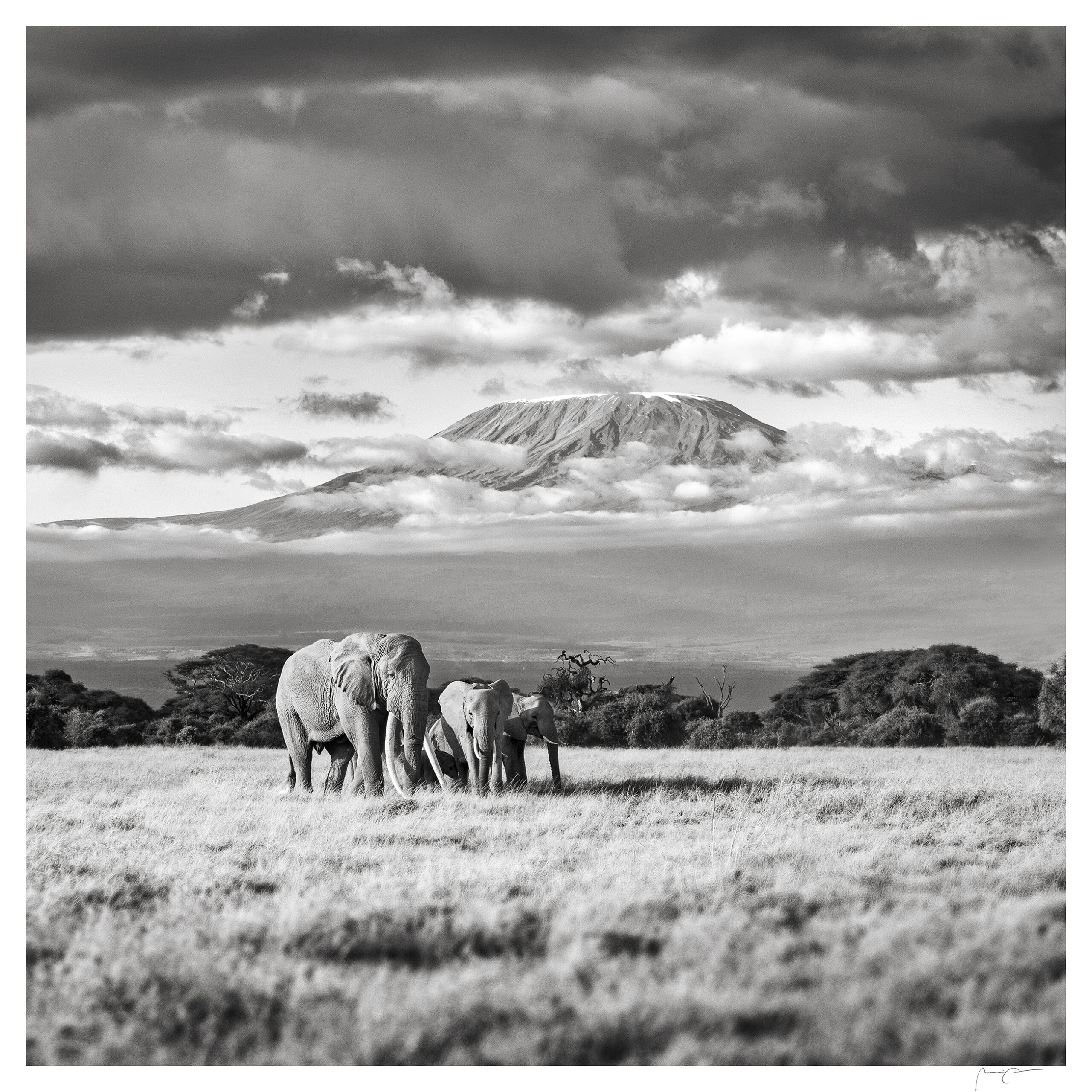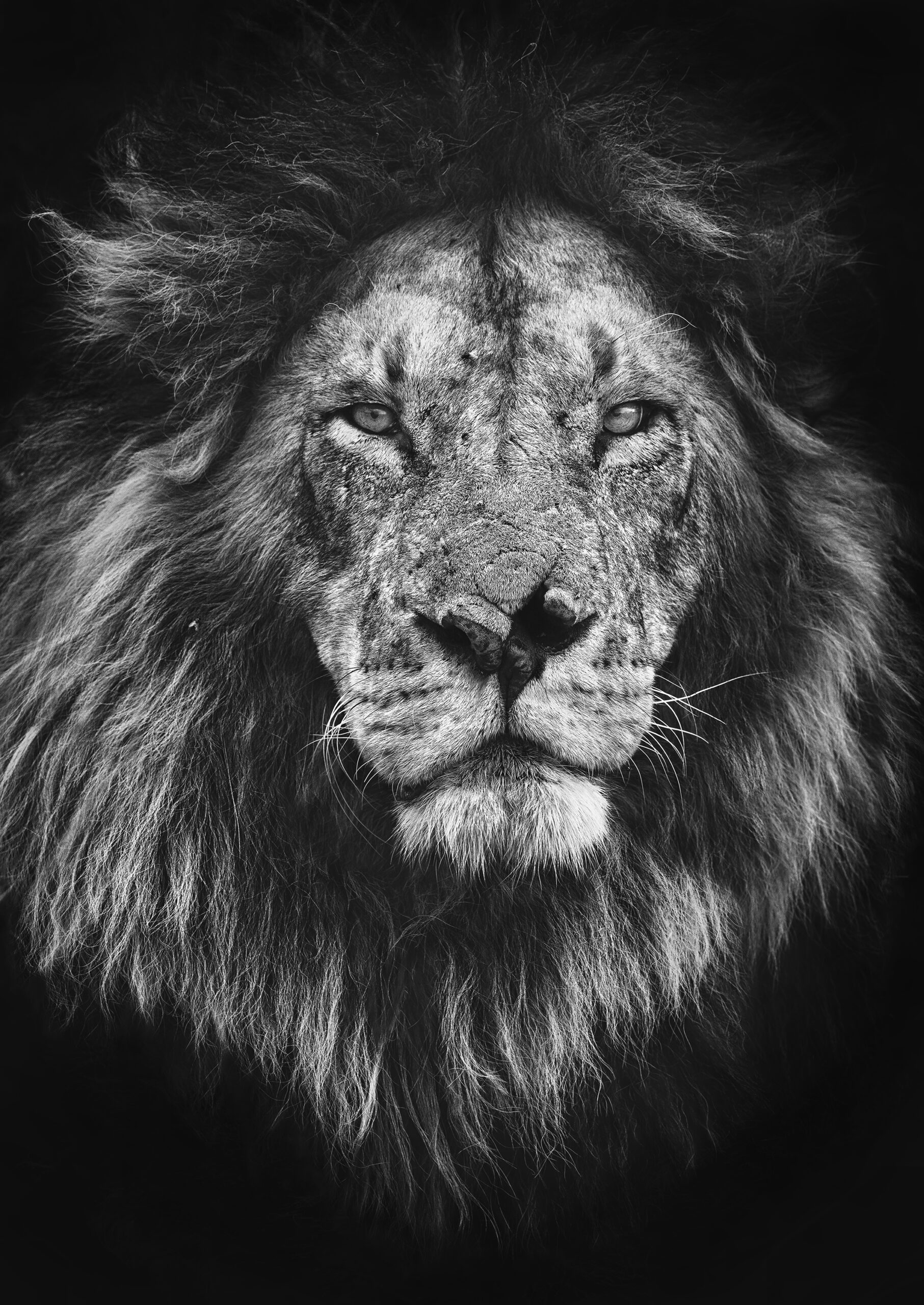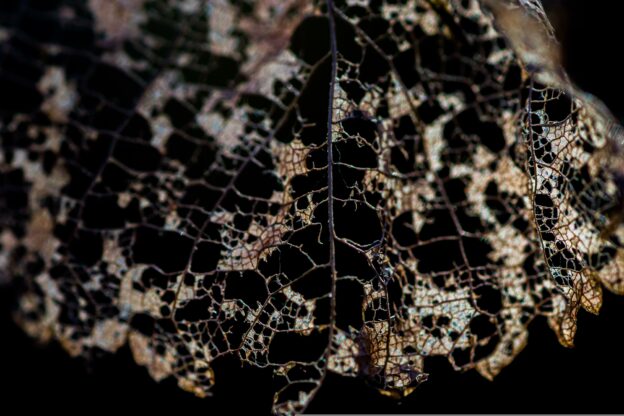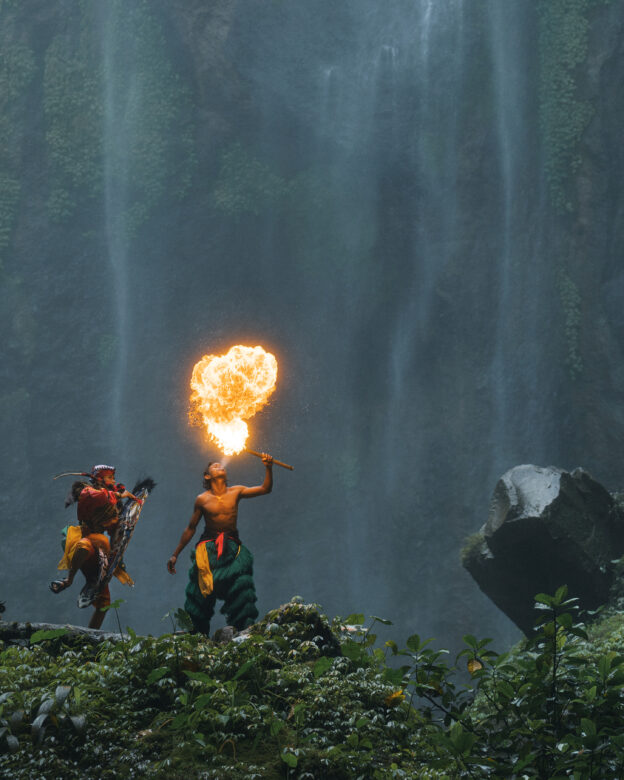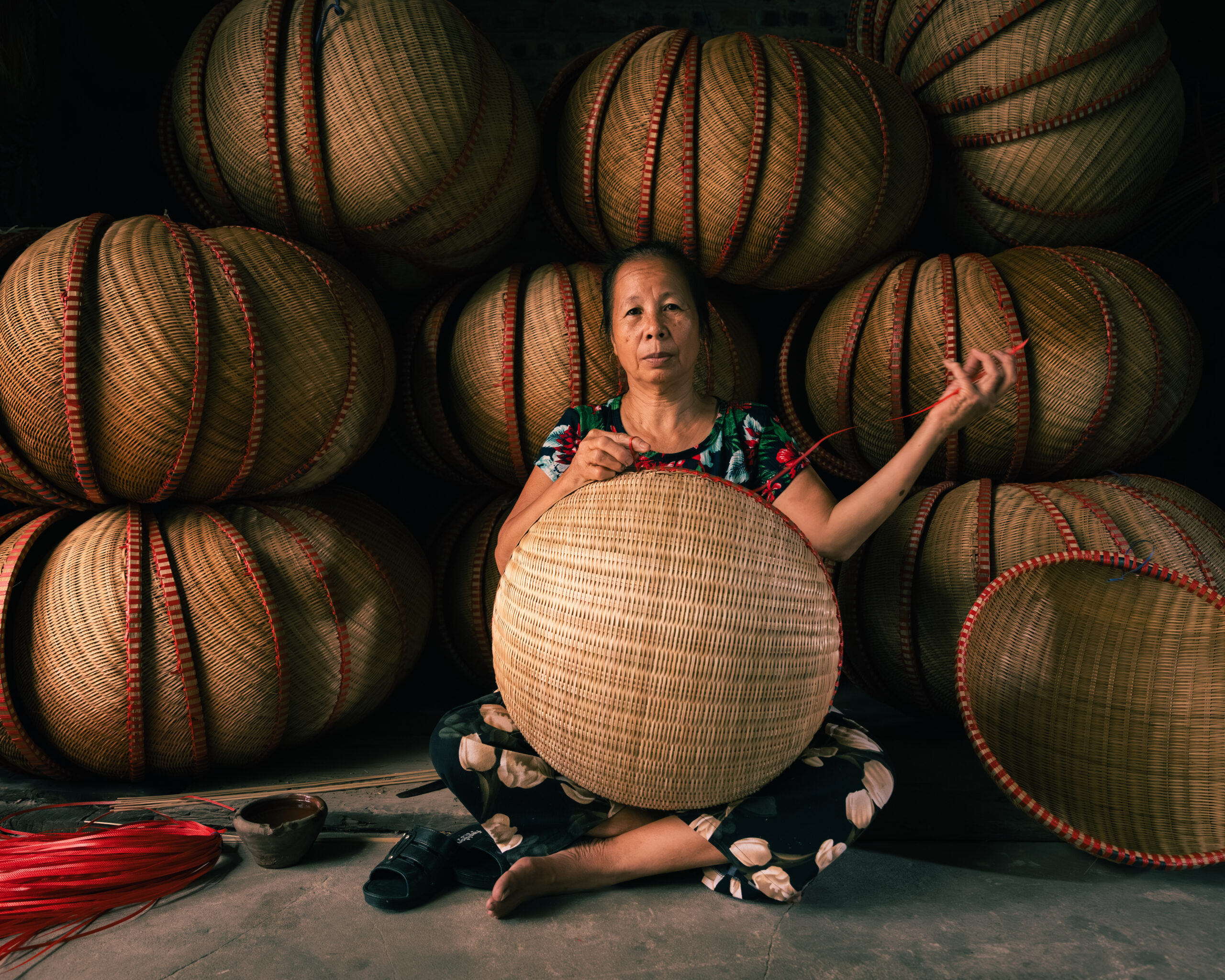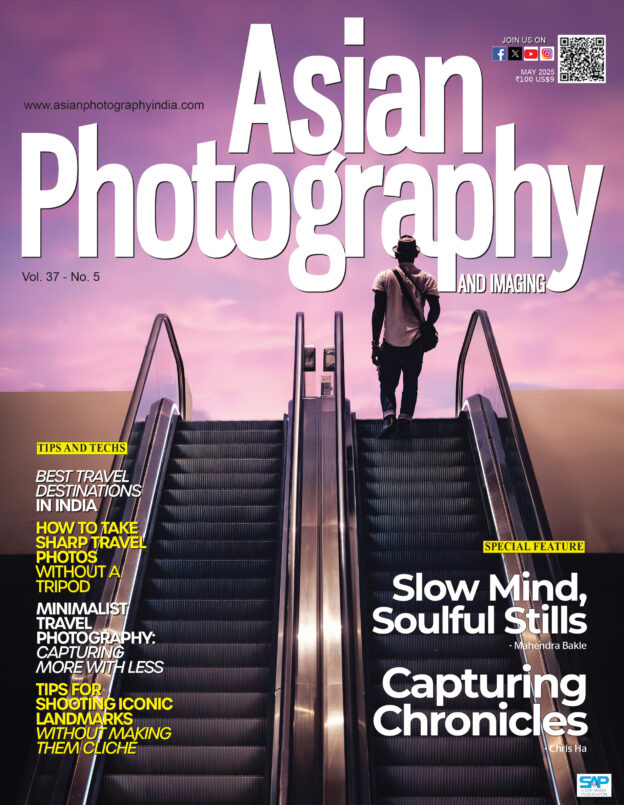Fashion imagery has always evolved alongside technology and cultural taste. In recent years, one shift has changed the visual language of the industry more than almost anything else. Cinematic lighting has moved from film sets into fashion studios, giving photographers new ways to build mood, shape stories, and create emotional impact. What was once a niche technique used by a handful of experimental artists is now a defining part of modern fashion work. The change is not just aesthetic. It reflects a broader shift in how brands want to communicate and how audiences consume images.
Why Cinematic Lighting Matters
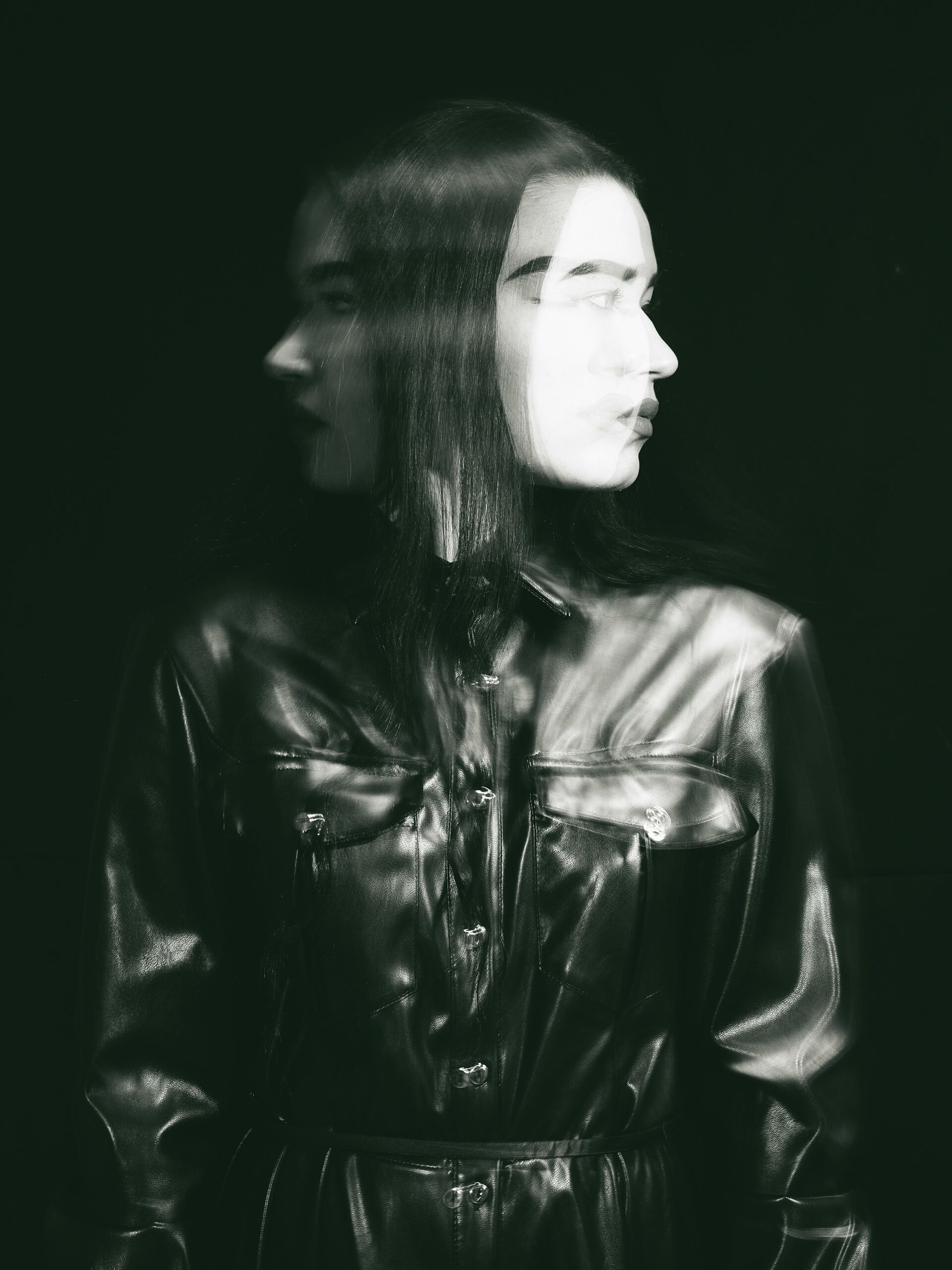
Cinematic lighting is grounded in principles used for decades in film. It guides the viewer’s eye, controls tension, and expresses subtext. In fashion photography, it does something similar. It adds atmosphere and depth. It creates a sense of narrative. It turns a simple pose into a moment that feels part of a larger world.
Traditional fashion lighting often aimed for clarity and polish. Everything was evenly lit. Shadows were controlled. The goal was precision. Cinematic lighting takes a different approach. It uses darkness, contrast, and directional light to add emotion. Instead of showing the clothes in a strict technical way, it shows them in a setting that feels alive. This shift appeals to audiences who want images that stir something, not just document a garment.
The Influence of Film Culture
Film and fashion have always shared ideas, but the connection is stronger today. Streaming platforms have changed viewing habits. People spend more time immersed in visually rich series and films. They get used to dramatic lighting, slow building mood, and expressive shadows. When they see fashion images that echo this style, the work feels familiar and modern.
Brands are aware of this. They want campaigns that feel like stills from a movie. They want a cinematic identity that sets them apart. This is especially true for luxury houses. Cinematic lighting suggests craft and depth. It signals that the brand cares about storytelling, not just promotion.
Key Techniques Behind the Look
Cinematic lighting can take many forms, but a few techniques appear again and again in fashion shoots.

Low key lighting. This style uses strong shadows and limited light to create mystery and intimacy. It adds drama without feeling forced. The viewer pays closer attention because the frame invites curiosity.
Hard directional light: Sharp angles create bold shapes on the model and clothing. This technique can add an edgy or futuristic tone. It also emphasises texture, which helps when shooting pieces like leather, sequins, or structured tailoring.
Backlighting: When the light comes from behind the subject, it creates a glow or halo effect. This adds separation from the background and gives the frame a sense of depth. Backlight can make fabrics look luminous and fluid.
Coloured gels: Warm or cool tones change the emotional temperature of a shot. Deep red suggests intensity. Blue feels calm or surreal. Amber adds nostalgia. Colour is a storytelling tool that turns a simple scene into a mood piece.
Practical lights: These are light sources that appear inside the frame. Neon signs, desk lamps, fluorescent tubes, city lights. Practical lights make the scene feel grounded in a real environment. They also give the photographer a natural reason to shape the shadows in interesting ways.
How Cinematic Lighting helps Tell Stories
Fashion has moved closer to narrative driven imagery. Brands want campaigns that feel like chapters of a larger tale. Cinematic lighting supports this movement by giving photographers the ability to build emotion before the viewer even studies the clothes.
A soft beam of morning light suggests hope or calm. A sharp spotlight creates intensity or performance. A dim environment with glowing highlights feels secretive or romantic. These cues guide the audience’s reading of the image.
This storytelling approach benefits fashion brands in two ways. First, it helps the images stand out in crowded digital spaces. Second, it strengthens the brand’s identity. If every campaign shares a consistent cinematic mood, it becomes part of the brand’s visual DNA.
The Role of Technology
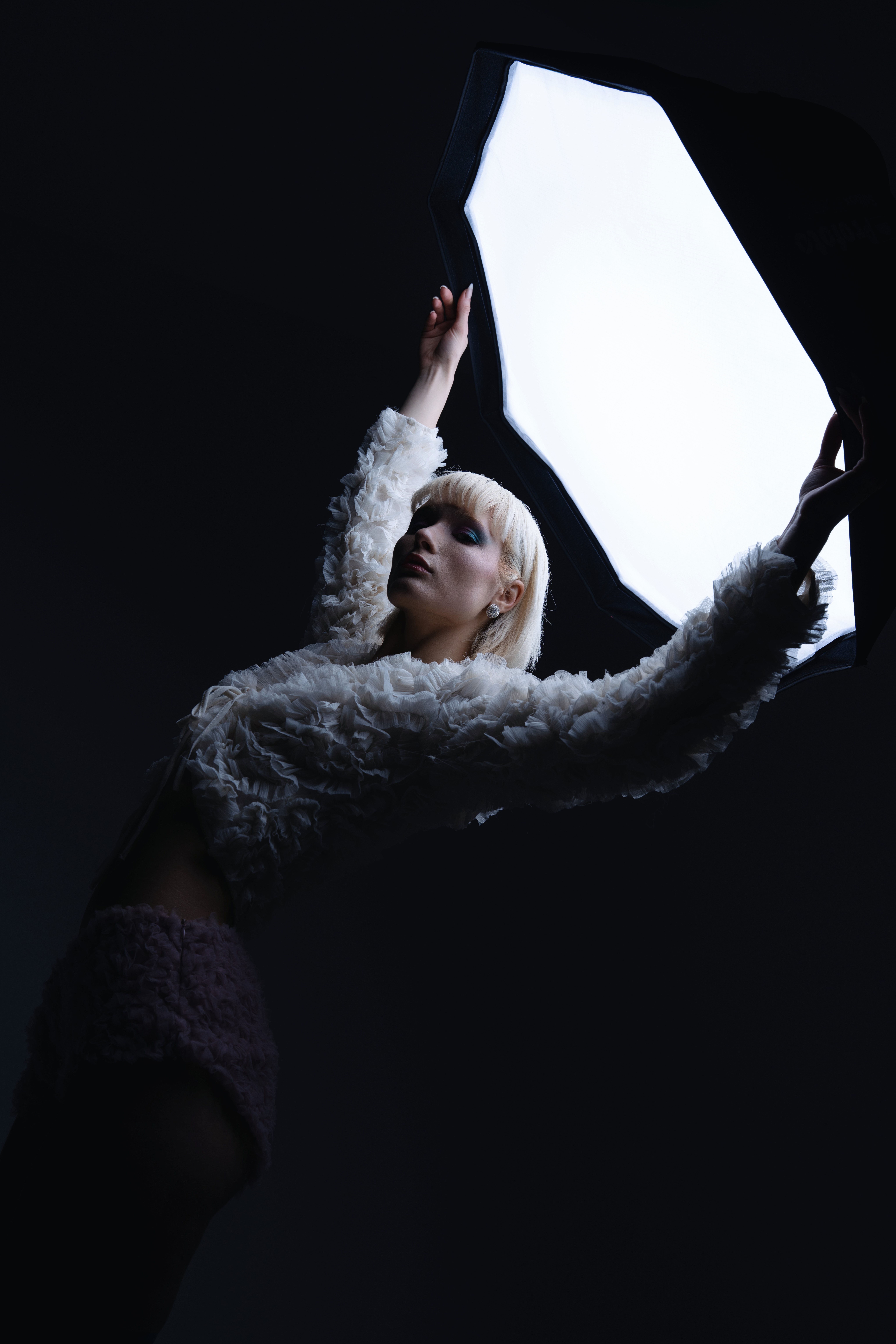
New tools are making cinematic lighting easier to control. LED panels have replaced older, hotter, bulkier lights. They allow quick colour changes and precise dimming. They can mimic sunlight, candlelight, or even reflections from screens. This flexibility saves time on set and opens possibilities that were once limited to film crews with large budgets.
Continuous lighting is also reshaping how photographers work. It allows them to see the final mood as they shoot, similar to how cinematographers operate. This real time feedback encourages experimentation. Instead of waiting to review flash exposures, photographers can adjust instantly.
Modern cameras support this evolution as well. Better dynamic range makes it possible to retain detail in deep shadows and bright highlights. Photographers can push contrast without losing quality. This encourages bolder lighting choices.
Collaboration with Film Professionals
As cinematic styles grow in popularity, fashion teams often bring in talent from the film world. Gaffers, cinematographers, and lighting technicians collaborate with photographers to create complex setups that feel sculpted rather than staged.
This cross discipline approach expands what is possible. Film lighting experts understand how to use practical lights, reflectors, and modifiers to create subtle transitions between bright and dark areas. They know how to mimic natural sunlight in a studio or build a night scene at noon. The collaboration raises the quality of the final images and strengthens the storytelling.
The Challenges of the Style
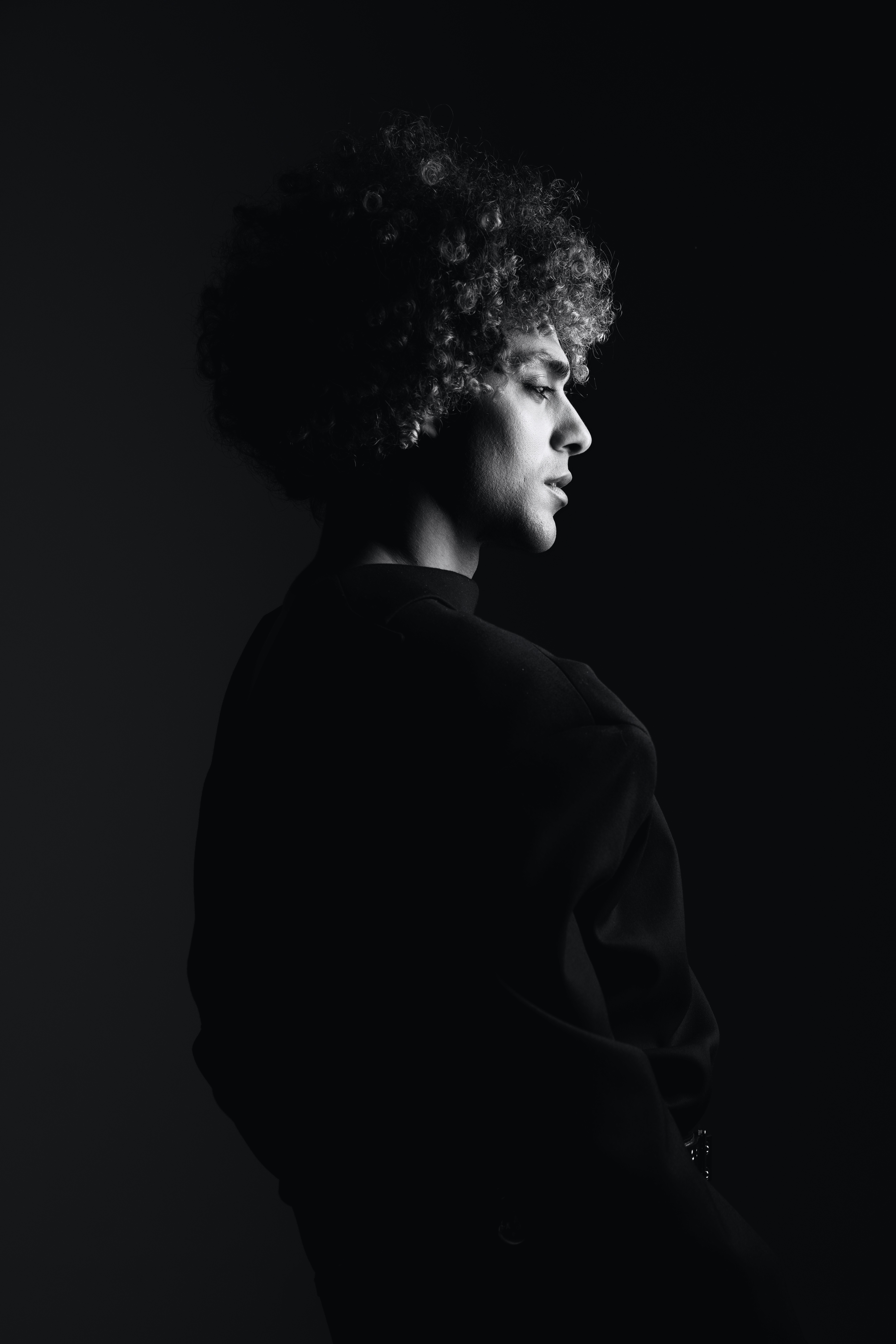
Cinematic lighting is powerful but demanding. It requires careful planning, patience, and a willingness to embrace unpredictability. Shadows can hide details that clients expect to see. Strong contrast can complicate retouching. Bright coloured gels may distort the true colour of the garments. Photographers must balance mood with clarity.
There is also the risk of overuse. Cinematic lighting can lose its impact if every frame relies on the same tricks. The best photographers use it strategically. They consider the clothing, the location, the model, and the message. They choose lighting that elevates the concept rather than overpowering it.
Why This Shift Is Here to Stay
Cinematic lighting speaks to a cultural shift toward emotional storytelling. People want images that feel like they belong in a narrative, not just in an advertisement. They want mood, intention, and atmosphere.
Fashion brands want to connect in more meaningful ways. Cinematic lighting gives them a visual language that feels sophisticated and modern. It works across stills and video, which is essential for campaigns that span multiple platforms.
As technology continues to expand, the tools will only get better. More control, more nuance, more creative freedom. The combination of artistic ambition and technical possibility ensures that cinematic lighting will remain a major force in fashion shoots for years to come.
Lights, Camera And…
Cinematic lighting has transformed fashion photography by bringing depth, emotion, and narrative power to the frame. It shifts the focus from simple product display to immersive visual storytelling. It blends the artistry of film with the creativity of fashion. Photographers gain a richer toolkit. Brands gain a stronger voice. Audiences gain images that feel memorable.
This evolution shows that fashion imagery is no longer just about showing clothes. It is about building worlds and letting viewers step inside them.
